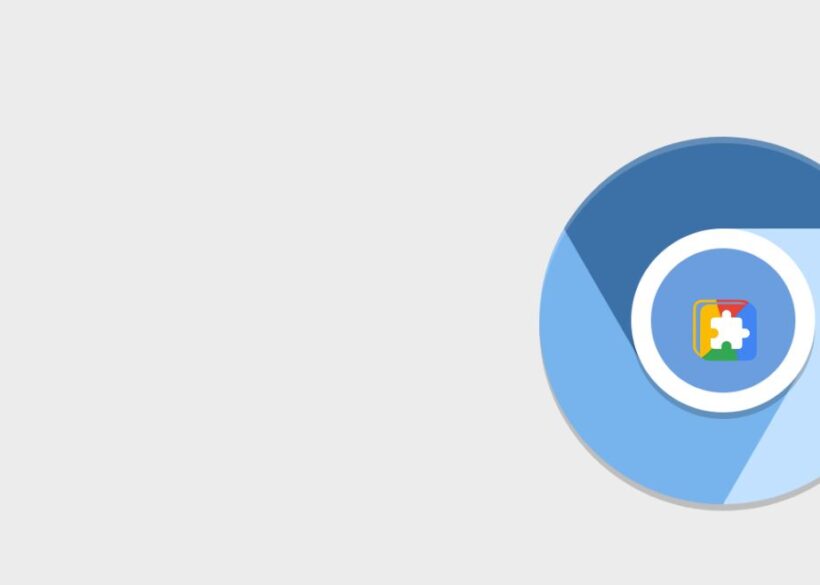Headless CMS has emerged as a transformative approach to content management systems, redefining how digital content is created, managed, and delivered. In an era where omnichannel experiences are crucial for businesses, understanding what a Headless CMS is and how it functions is essential for anyone involved in digital strategy, development, or content creation. This article delves into the meaning, context, historical evolution, and relevance of Headless CMS in modern technology, providing insights into its applications and the trends shaping its future.
Defining Headless CMS
A Headless Content Management System (CMS) is a back-end content management framework that separates the content repository from the front-end presentation layer. Unlike traditional CMS platforms, where the content and presentation are tightly integrated, a Headless CMS allows developers to manage content independently from how it is displayed to users. This decoupling enables greater flexibility, scalability, and the ability to deliver content across multiple platforms and devices, such as websites, mobile applications, and IoT devices.
The term “headless” refers to the absence of a “head” or front-end interface. In a Headless CMS, the content is delivered via APIs (Application Programming Interfaces), allowing developers to use any technology or framework to create a user interface. This makes it possible to serve content in various formats, such as JSON or XML, which can be consumed by different front-end technologies, including React, Angular, or Vue.js, among others.
The Context of Headless CMS
The rise of Headless CMS can be traced back to the growing demand for seamless digital experiences. As consumers increasingly engage with brands across multiple touchpoints—websites, mobile apps, social media, and more—the traditional approach to content management became insufficient. Businesses required a more agile way to deliver content, leading to the adoption of Headless CMS as a solution.
Moreover, the digital landscape has significantly evolved over the past decade. With the proliferation of mobile devices, wearables, and voice-activated technologies, organizations need a content management system that can quickly adapt to changing user needs and behaviors. Headless CMS addresses these challenges by enabling developers to create dynamic, responsive, and personalized user experiences without being constrained by a rigid front-end structure.
A Historical Overview
The concept of a Headless CMS is not entirely new, but it gained prominence in the late 2010s as organizations recognized the limitations of traditional CMS platforms. Early content management systems, such as WordPress, Drupal, and Joomla, offered integrated solutions that were effective for static websites but struggled to keep pace with the demands of modern multi-channel strategies.
As the need for flexibility and speed grew, a new wave of Headless CMS platforms emerged. Companies like Contentful, Strapi, and Sanity began to offer solutions that focused on API-first design, allowing developers to build custom front-end experiences while maintaining a centralized content repository. This shift not only improved the efficiency of content delivery but also empowered content creators to manage and distribute their work across various platforms seamlessly.
In addition to the rise of Headless CMS, the evolution of technologies such as cloud computing, microservices, and serverless architectures has further propelled the adoption of this approach. These advancements have made it easier for organizations to implement Headless CMS solutions, enabling them to scale their content operations and improve collaboration between development and content teams.
Current Trends Influencing Headless CMS
As businesses continue to embrace digital transformation, several key trends are shaping the future of Headless CMS. Understanding these trends can provide valuable insights for organizations looking to leverage this technology effectively.
1. Omnichannel Content Delivery
A significant trend driving the adoption of Headless CMS is the necessity for omnichannel content delivery. Today’s consumers expect a consistent experience across various platforms, from websites and mobile apps to social media and email. Headless CMS facilitates this by allowing content to be created once and delivered across multiple channels effortlessly. This not only enhances user experience but also streamlines content management processes.
2. Personalization and Dynamic Content
As consumers gravitate toward personalized experiences, the demand for dynamic content delivery has risen. Headless CMS enables organizations to tailor content based on user behavior, preferences, and demographics. By leveraging APIs, businesses can integrate data from various sources, allowing them to serve targeted content that resonates with individual users, thereby improving engagement and conversion rates.
3. Integration with Modern Development Frameworks
The rise of modern front-end frameworks such as React, Vue.js, and Angular has influenced the popularity of Headless CMS. Developers prefer to use these frameworks for building user interfaces due to their flexibility and efficiency. Headless CMS aligns perfectly with this trend, as it allows developers to create custom front-end applications that can communicate seamlessly with the back-end content repository through APIs.
4. Focus on Content Collaboration
In a digital landscape where teams are often distributed, collaboration among content creators, developers, and marketers is more critical than ever. Headless CMS platforms are increasingly incorporating features that facilitate collaboration, such as role-based access, version control, and content workflows. These functionalities help teams work together more effectively, ensuring that content is produced, reviewed, and published efficiently.
Real-World Applications of Headless CMS
The versatility of Headless CMS makes it suitable for a wide range of industries and applications. Organizations are leveraging this technology to enhance their digital presence and improve user engagement in various ways.
1. E-Commerce
In the e-commerce sector, Headless CMS has become a popular choice for brands looking to create unique shopping experiences. By decoupling the content from the front-end, retailers can deliver product information, promotional content, and user-generated reviews seamlessly across their websites, mobile apps, and third-party platforms. This flexibility allows for rapid updates and experimentation, enabling brands to respond quickly to market trends and customer preferences.
2. Media and Publishing
For media organizations and publishers, Headless CMS offers a robust solution for managing vast amounts of content. The ability to deliver articles, videos, and multimedia content across multiple platforms ensures that audiences can access information wherever they are. Furthermore, the integration of analytics tools allows publishers to track user engagement and optimize content strategies based on real-time data.
3. Corporate Websites
Many enterprises are adopting Headless CMS to enhance their corporate websites. By utilizing a Headless CMS, organizations can create customized experiences for different stakeholders, including employees, clients, and partners. This approach enables them to deliver relevant information based on user roles while maintaining a centralized content management system that simplifies updates and governance.
4. Educational Institutions
Educational institutions are also benefiting from Headless CMS solutions. By implementing a Headless CMS, schools and universities can provide students and faculty with easy access to resources, course information, and announcements across various platforms. This not only improves communication but also enhances the overall learning experience.
Conclusion: The Future of Headless CMS
As digital experiences continue to evolve, the relevance of Headless CMS is poised to grow even further. Its ability to deliver content seamlessly across multiple platforms while providing developers with the flexibility to create engaging user interfaces makes it an invaluable tool for organizations looking to stay competitive in the digital landscape.
With the ongoing advancements in technology and the increasing demand for personalized, omnichannel experiences, businesses that embrace Headless CMS will likely find themselves at the forefront of innovation. By separating content from presentation, organizations can respond quickly to changing market dynamics, create tailored user experiences, and enhance collaboration among teams.
In summary, Headless CMS represents a significant shift in content management, offering a more agile and scalable solution for modern digital challenges. As organizations continue to navigate the complexities of digital transformation, understanding and leveraging the potential of Headless CMS will be essential for achieving sustained success in the technology-driven marketplace.



